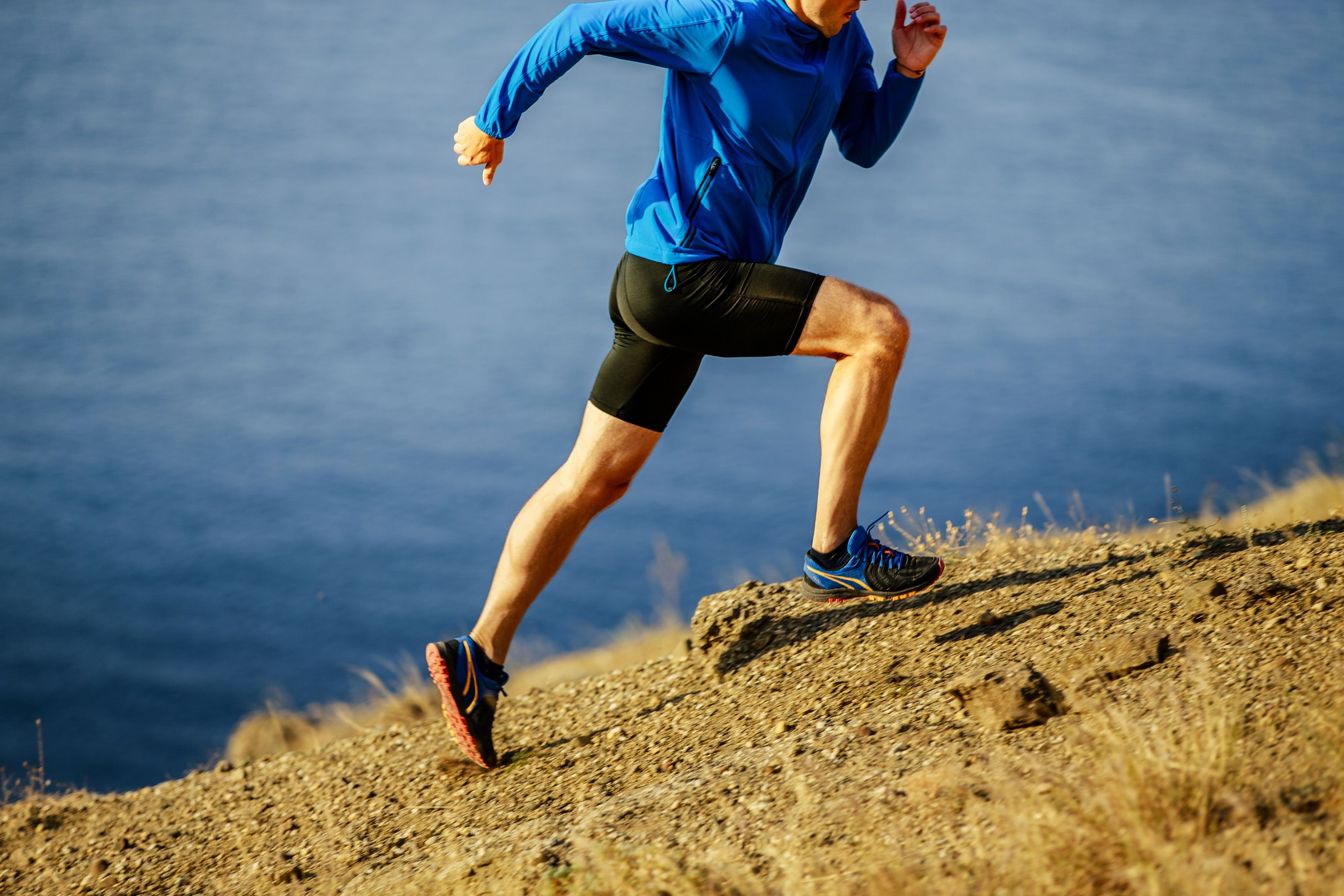For runners looking to diversify their training and add a new challenge, uphill running offers a unique set of benefits and considerations. This type of training can be particularly demanding due to the increased energy expenditure required to drive the body up a slope. Let’s delve into the physiological demands, the effects on the musculoskeletal system, and practical advice for incorporating uphill running into your routine.

The Energy Cost of Uphill Running
Uphill running significantly increases the energy cost compared to running on flat terrain. This is primarily because of the additional work needed to overcome gravity. As you propel your body upward, you engage several muscle groups more intensely:
– Quadriceps: These muscles work harder to extend the knee and push your body up the hill.
– Calf Muscles: The gastrocnemius and soleus muscles are crucial for the push-off phase, providing the necessary lift.
– Gluteus Maximus: This powerful muscle extends the hip, contributing significantly to the upward propulsion.
– Hamstrings: These muscles assist in both hip extension and knee flexion, playing a ………………….
This content is locked
Login To Unlock The Content!

